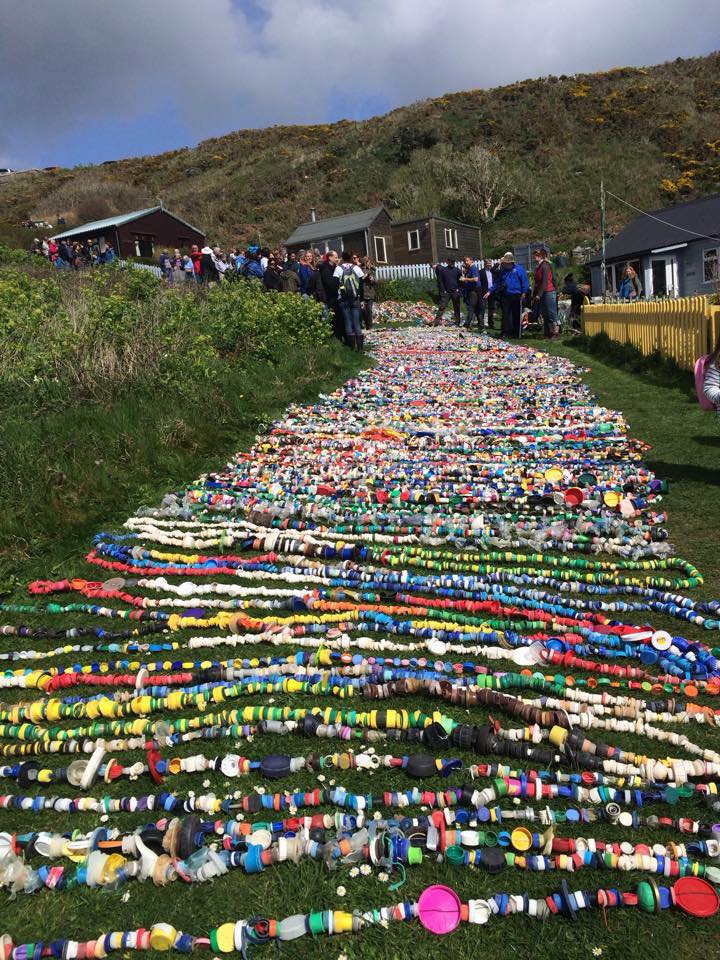We live in a "Waste Age," drowning in a sea of disposable products. But what if sustainable design and art could be the life raft that carries us to a cleaner future?
A recent exhibition at The Museum of Modern Art, New York City showcased the innovative work of a new generation of designers tackling this very issue. Their focus: rethinking our relationship with everyday objects, from fashion to food, electronics to construction, and even packaging. This exhibition presented works by artists and designers who utilized waste materials as a medium. Highlighting the potential for transforming discarded objects into valuable resources.
This Sustainable Design and Art movement extends beyond product design and into the realm of environmental art. Artists are increasingly interrogating established practices and exploring circularity in their work, both in materials and concepts. This shift fosters a "Culture Shift" – a conscious move towards a more ethical sustainable future.
Here's how art can lead the charge in this design revolution:
1. Repurposing Waste into Art:
- Ibrahim Mahama (Ghana): This artist creates stunning sculptures and installations using discarded electronic waste (e-waste) collected in Ghana. By transforming waste into thought-provoking art, Ibrahim Mahama highlights the environmental impact of our throwaway culture and prompts viewers to consider the life cycle of their electronics.
- The Bottle-Top Chain: A Winter's Month of Bottle Tops: This collaborative project by the Cornish Plastic Pollution Coalition demonstrates the sheer volume of plastic waste polluting our oceans. Volunteers collected over 6,600 bottle tops in a single winter, which were then woven into a striking chain. This visual representation of plastic pollution serves as a powerful call to action.

2. Biodegradable and Sustainable Materials:
- Fernando Laposse (Mexico): Laposse's "Totomoxtle" project utilizes the husks of heirloom Mexican corn to create a beautiful and sustainable new veneer material. This innovative approach demonstrates the potential for using waste products from food production as valuable resources in art and design.
- Amy Korner (USA): Korner creates intricate sculptures and installations from recycled paper pulp. By transforming a readily available and easily renewable material into captivating artwork, she showcases the potential for sustainable art practices.
3. The Power of Storytelling through Art:
- Vik Muniz (Brazil): Muniz uses discarded materials like trash and recyclables to create large-scale portraits of people. These portraits, which are then deconstructed and returned to their original waste forms, serve as a poignant commentary on consumerism and waste. Waste Land follows renowned artist Vik Muniz as he journeys from his home base in Brooklyn to his native Brazil and the world's largest garbage dump.
4. Community Engagement and Education:
- Art for Change: Many artists and organizations are using art to engage communities in environmental issues and promote sustainable practices. For example, murals depicting pollution or climate change can raise awareness and inspire action.
- Educational Programs: Art can be a powerful tool for teaching children and adults about sustainability. Workshops and exhibitions can introduce people to the concept of circularity and inspire them to adopt more eco-friendly habits.
5. Challenging the Status Quo:
- Provocative Art: Some artists use their work to challenge the dominant consumer culture and question the value we place on material possessions. This artivism can encourage viewers to rethink their own consumption habits and consider the environmental implications of their choices.
- Alternative Economic Models: Artists can also explore alternative economic models. Such as the sharing economy or circular economy, to create more sustainable systems. For example, artists can collaborate with local businesses to create products made from recycled materials or offer repair services to extend the life of existing items.
Sustainable Design and Art in Action: Was A Bed
Was A Bed is a shining example of sustainable design in action. By repurposing retired bedlinen into a variety of handmade products, this innovative company is not only reducing waste but also creating unique and stylish items that can be enjoyed for generations to come. Their commitment to a circular economy aligns perfectly with the principles of sustainable design, demonstrating that even everyday objects can be transformed into something truly special.
By exploring circularity in their practices and using waste as a medium, these artists are challenging the status quo and pushing the boundaries of art. Their sustainable design and art work not only inspires but also fosters a conversation about sustainability.
The "Waste Age" doesn't have to be our destiny. Through innovative design and bold artistic expression, we can move towards a future where waste is a resource, not a burden.
Let's all be part of the Culture Shift and create a world where art and design lead the way towards a more ethical sustainable future!
